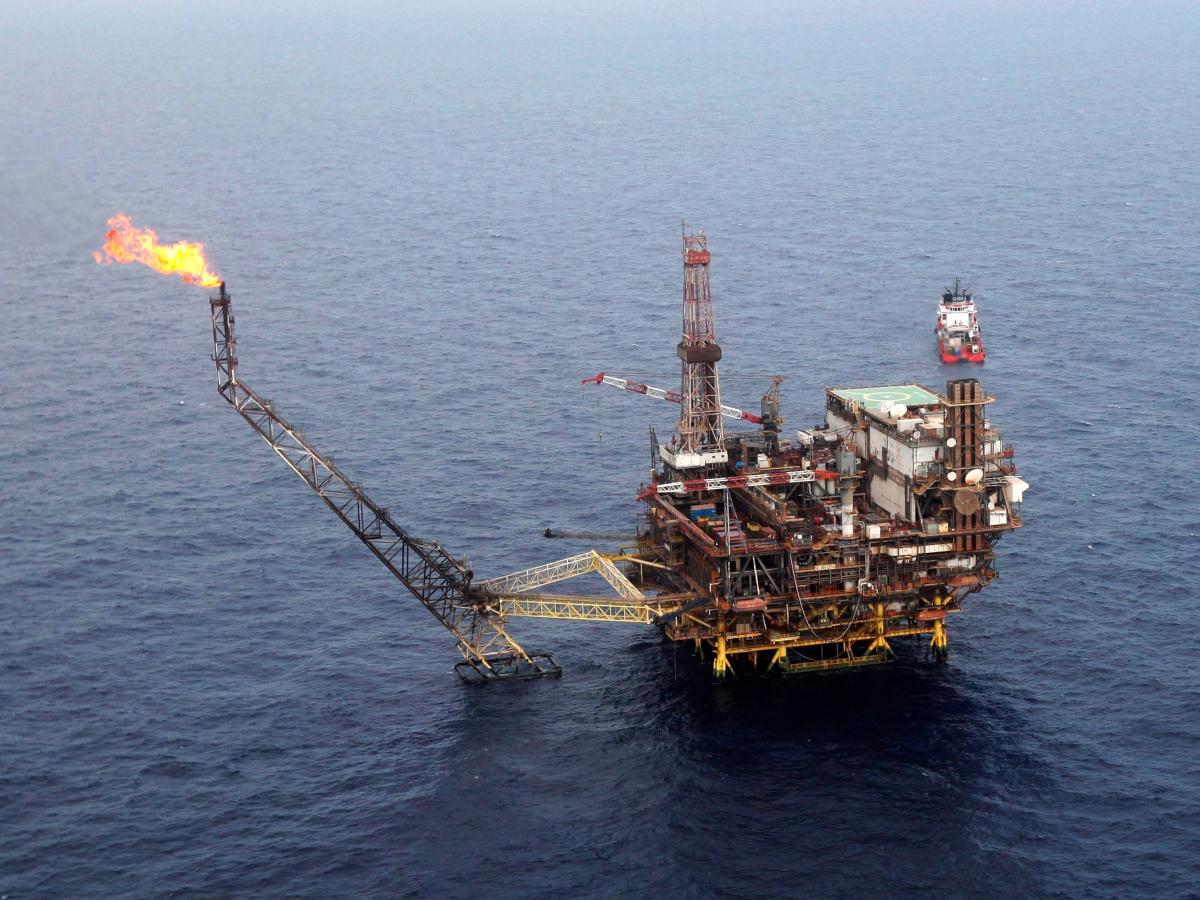Earlier this year, the Energy Information Administration said that oil production in the United States will hit a near-record 12.8 million barrels daily this year.
In fact, the latest factual data, for June, showed that level has already been reached. Yet, at the same time, exploration and production companies are drilling fewer wells and keeping a cap on their investments in more production. And oil prices have fallen substantially over the past year.
This makes for a confusing picture, with analysts of differing opinions contributing to it. Some argue the U.S. shale boom is over, and while production will continue to grow, it will grow at a much slower rate than before and then decline.
Others argue that U.S. shale is far from done, even though the boom years are over. Both camps have data supporting their arguments. Who’s right?
The EIA said that this year, oil production will hit 12.8 million bpd, which it called an annual record, and grow further to 13.1 million bpd in 2024, which would be another record.
The EIA is an authority on U.S. oil and gas data, being the official record-keeper for this data. Yet it is the same data that Reuters’ John Kemp
cited earlier this month when he forecast U.S. production was nearing its peak. The reason for the peak: oil prices.
Drawing on historical evidence, Kemp wrote that when the price of oil peaks, it takes about five months for drilling activity to catch up and decline. It also takes 12 months for production to adjust after a peak. According to Kemp, oil prices peaked in June last year, meaning U.S. production of oil should be peaking right about now.
Indeed, drilling activity is on the decline, especially in the shale patch. During the second-quarter reporting season in July, all major oilfield service providers
reported slower business in North America, with Liberty Energy CEO Chris Wright saying, “During the second quarter, we saw reduced frack activity that resulted in increased white space in our calendar.”
Yet, at the same time, E&P companies reported a surprise increase in well productivity as they drilled even longer laterals in horizontal wells in the shale formations. This surprise uptick in productivity meant that they could get more oil out of a well at no extra cost—a development reminiscent of the post-2014 shale industry when drillers made a major bet on cost reduction through efficiency improvements to be better prepared to weather the next oil downturn.
What’s more, as Reuters’ Kemp notes in his analysis, prices are climbing again as Saudi Arabia and Russia extend their production/export cuts while demand data continues to show a resilient picture.
Indeed, Brent crude was trading at around $95 per barrel in early September 2022 and, after it registered some drops to below $75 per barrel earlier this year, was trading at around $88 per barrel at the time of writing, on track to rebound to $90 should the supply-and-demand picture remain unchanged.
What this means is that the peak in U.S. oil production may get delayed. Or it may turn out to be irrelevant if producers stand ready to drill more whenever prices are favorable—which is what the industry has been doing forever.
One amusing aspect of the latest U.S. oil production trends is the relationship between the Biden administration and the oil and gas industry. Last month, CNN’s Matt Egan wrote an
article arguing the U.S. was producing more oil under Biden than it was under Trump, despite criticism to the contrary coming from the industry itself.
Indeed, if this year’s annual average is 12.8 million barrels daily, as the EIA predicts, the above statement would be true. Not everyone agrees it has anything to do with the administration, however.
“It’s perhaps less about the administration in power and more about the entrepreneurial nature of the oil industry,” Kpler’s head oil analyst for the Americas, Matt Smith, told Egan.
Indeed, the U.S. oil industry has proven to be a resilient one, even with an administration that came into office with the promise to essentially crimp it as best it can to replace the country’s reliance on hydrocarbons with alternative sources of energy.
Last year’s oil price shock provided a timely reality check to the Biden administration as it vowed to work with the oil industry to ensure Americans’ energy security. It took a lot of convincing, as there are certainly trust issues between U.S. oil and Washington, and ultimately, the administration failed. Oil producers only began pumping more when they decided the price was right, not when Secretary Granholm called on them to play ball.
U.S. oil production this year could reach 12.8 million barrels daily. If it does, this would be the highest annual rate of production ever. Growth itself, however, has been a lot more modest than in the boom years, and this modesty is likely to persist as the oil market remains a highly uncertain place.
As to whether we are witnessing the peak of U.S. oil, perhaps it would be wise to give it another few years and then revisit the topic. Players in the shale segment of the industry have proven time and again they’re good at surprises.




/cloudfront-us-east-2.images.arcpublishing.com/reuters/TVONMDV53BON3DGXTQ2RMRA4IQ.jpg)
/cloudfront-us-east-2.images.arcpublishing.com/reuters/YPBQ4R66XNMF3GX6Y4F5YGFLW4.jpg)

